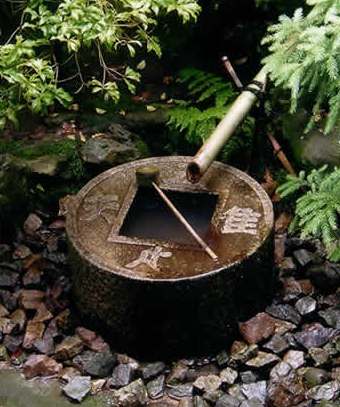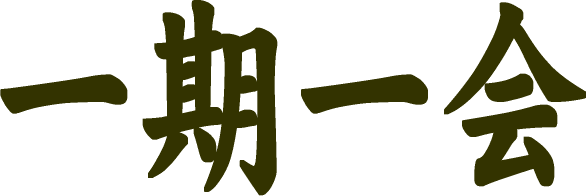Last time I had to fit a tight schedule, barely an hour to give to Ryoanji’s rock garden, the ultimate in Zen art. A simple rectangle, clay walls, gray-white sand, fifteen stones, and a veranda for viewing. That’s it.
Then, as I stepped over the threshold, I was overcome. Trying to remain discrete, I squeezed into an empty spot and sat as uncontrollable tears plopped onto my jacket. My chest tightened, and I tried to breathe without shuddering, tried not to break the fragile moment. For in their stoic silence the strangely familiar voices of the stones opened the ears of my being to another reality—all knowing and all being for all time–and beyond all words.
In the physical world, the constant commotion of the commonplace defied stillness. Distant traffic, slapping slippered footsteps, officious tour guides, and crying children. Beside me and behind me, one after another people counted the stones. Ichi, ni, san, shi, go. Why? They’ve been here six centuries. Time enough to get the number in the brochure right. Even here in the seat of Zen there is no escaping tedium, only this parallel transcendence which has overtaken me without my bidding or any attempt to achieve it.
Forty minutes pass – or maybe four. Cicadas ratchet the air. Shadows shift. Ravens call. A friend I haven’t seen in four years waits in Arashiyama. I can’t stay longer. But first, a quick look at the famous tsukubai on the other side of the building I know only from photographs. I learn only to be contented the inscription reads. Then I must go.
Two years later, I sit again on the silk-smooth boards of the veranda. Now I have all afternoon, but nothing sparks recognition. It is as if I have never been here before. The space seems smaller; the pungent stink of the toilets hangs over the garden. The stones which spoke so profoundly and have been a living part of me since are of no consequence. They’re mere rocks. Heavy with disappointment and irked over the impulse to splurge on the taxi, I walk out. Before I do, I pause again at the tsukubai, try to shrug off the cost and wasted time.
At the pathway to the exit I decide to look at the stones one more time. Perhaps something will change. I go back through the temple entrance, bow and show my ticket with its stub removed. The woman in the booth scowls: No. Only one time. I plead for a very quick look. I sense her exasperation, but she waves me through. Easier to acquiesce than to argue. These foreigners simply cannot understand Japanese ways. Still, how could she comprehend its significance for me? Before I can thank her she has turned away from me.
Once more I sit with rock, light, shadow and the commonplace commotion. However, the implacable stones remain distant and closed. I’m puzzled. Why the rebuff here? Other temples have welcomed me repeatedly. A voice within that does not chide but does not invite argument either, murmurs: You already know. Well yes. Of course I do. I realize it now. Ichigo ichie. One time, one meeting. One encounter, one opportunity. I must learn to be contented.



2 Responses to Ryoanji, Kyoto